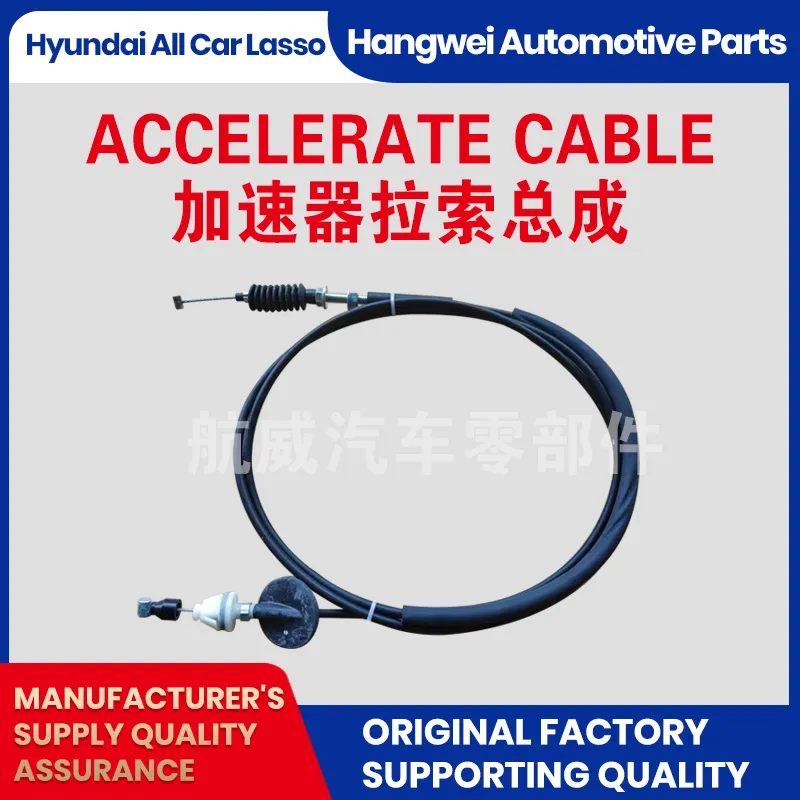Understanding Hand Brake Line Maintenance and Safety Tips
The Importance and Functionality of Hand Brake Lines in Vehicles
The hand brake, also known as the emergency brake or parking brake, is an integral component of vehicle safety, allowing drivers to secure their vehicles when parked or in situations where the primary braking system may fail. One of the critical elements of the hand brake system is the hand brake line, which plays a vital role in ensuring that the hand brake functions effectively. This article delves into the importance, functionality, and maintenance of hand brake lines in vehicles.
Understanding Hand Brake Lines
A hand brake line is the cable or hydraulic line that connects the hand brake lever to the brake system of a vehicle. In most vehicles, the hand brake operates through a mechanical cable that runs from the lever inside the cabin to the rear brakes. When the driver pulls the hand brake, the tension in the cable activates the brake mechanisms at the rear wheels, engaging the braking system and preventing the vehicle from rolling.
In other designs, particularly in modern vehicles equipped with an electronic parking brake (EPB), the hand brake line may refer to electronic signals sent to actuators that apply the brakes. Regardless of the type, the hand brake line is crucial for ensuring the vehicle remains stationary when parked or in emergency situations.
Importance of Hand Brake Lines
The primary function of hand brake lines is to provide a reliable means of securing the vehicle. This is especially important in hilly or sloped areas where vehicles are prone to rolling. A well-functioning hand brake system is essential not only for the safety of the driver and passengers but also for pedestrians and other road users.
Moreover, the hand brake serves as an essential backup in the event of a failure in the main braking system. Should the primary brakes fail due to mechanical issues or insufficient fluid, the hand brake provides a secondary option to bring the vehicle to a stop or prevent it from moving further. This redundancy can be life-saving in critical situations.
hand brake line

Common Issues with Hand Brake Lines
Like any component of a vehicle, hand brake lines can wear out or become damaged over time. Common issues include fraying of the cable, corrosion, and stretching, which can lead to decreased effectiveness of the hand brake. In electronic systems, wiring might degrade due to exposure to moisture or heat. When these issues arise, the hand brake may not engage fully, putting the vehicle at risk of rolling, especially on an incline.
Maintaining Hand Brake Lines
Regular maintenance is critical for ensuring the integrity and performance of hand brake lines. Vehicle owners should routinely check the hand brake's functionality, ensuring that it engages and holds the vehicle securely. If the hand brake lever feels loose or requires excessive force to engage, it's a sign that the hand brake line may need inspection or replacement.
Additionally, periodic inspections during regular vehicle servicing can help identify potential issues before they become critical. A qualified mechanic can check for signs of wear, test the hand brake's effectiveness, and replace any damaged components as necessary. It's essential to address any issues promptly to maintain safety and reliability.
Conclusion
In summary, hand brake lines are a crucial aspect of vehicle safety and functionality. Whether relying on a traditional mechanical cable or an advanced electronic system, these lines play an indispensable role in securing vehicles and providing backup braking power. Regular maintenance and timely repairs are essential to ensure that hand brake lines continue to function effectively, safeguarding drivers and their passengers on the road. By taking care of this vital component, vehicle owners contribute significantly to road safety and their own peace of mind.
-
Workings of Clutch Pipe and Hose SystemsNewsJun.04,2025
-
The Inner Workings of Hand Brake Cable SystemsNewsJun.04,2025
-
The Secrets of Throttle and Accelerator CablesNewsJun.04,2025
-
The Hidden Lifeline of Your Transmission Gear Shift CablesNewsJun.04,2025
-
Demystifying Gear Cables and Shift LinkagesNewsJun.04,2025
-
Decoding Clutch Line Systems A Comprehensive GuideNewsJun.04,2025
